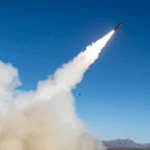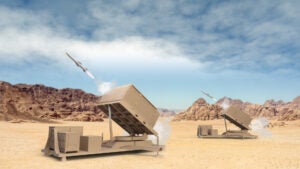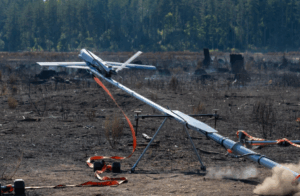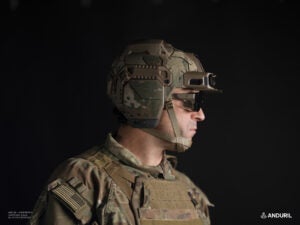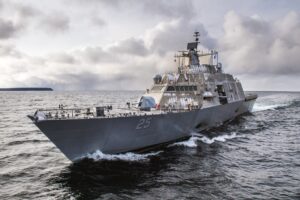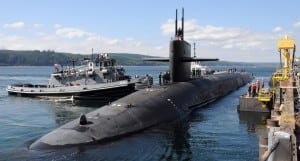
The Navy’s top officer for procuring and sustaining the Navy’s nuclear-armed ballistic missile submarines (SSBNs) last week confirmed the service is currently evaluating short-term service life extensions of up to five Ohio-class submarines and some converted guided-missile submarines (SSGNs). The first new Columbia-class SSBN is expected to be delivered to the Navy in 2027 and be on its first patrol by FY ‘31 to start succeeding the Ohio-class SSBNs, but the available margin in the schedule for any issues with…

 By
By 